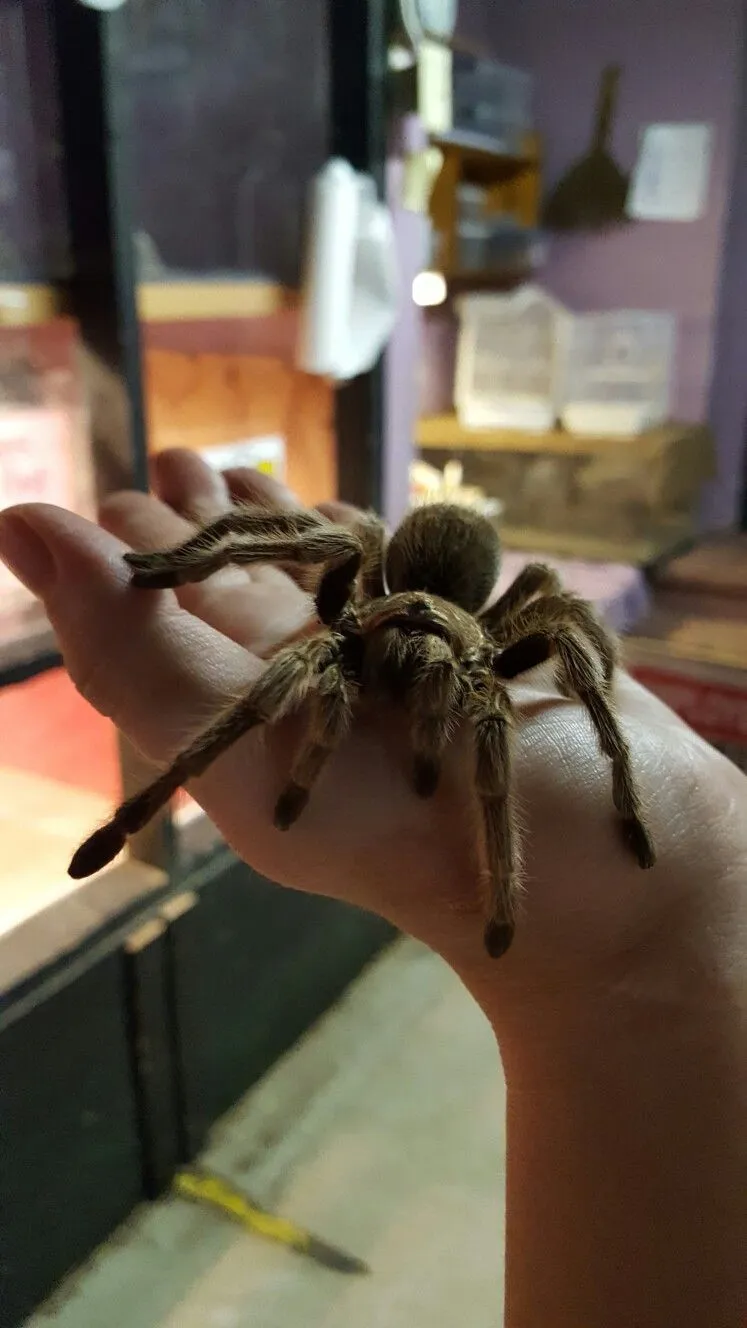Understanding Rose Hair Tarantula Reproduction
Rose Hair Tarantulas, known for their docile nature and captivating appearance, are popular pets. For enthusiasts hoping to breed these fascinating creatures, understanding their reproductive cycle is crucial. The process, from mating to the emergence of spiderlings, requires careful observation and specialized care. Successfully breeding Rose Hair Tarantulas involves creating the right environment, understanding their mating behaviors, and providing meticulous care for both the mother and the developing offspring. The entire cycle, from courtship to the dispersal of spiderlings, typically spans several months and demands a dedicated approach to ensure the survival of the next generation of these beautiful arachnids. This guide provides a comprehensive overview of the reproductive process, highlighting essential care practices for each stage.
Mating Behavior of Rose Hair Tarantulas
Mating in Rose Hair Tarantulas is a delicate dance of courtship and risk. The male tarantula must approach the female cautiously, often tapping on her web to signal his intentions. He then uses a special set of structures called ‘palpal bulbs’ located on the ends of his pedipalps (small appendages near the mouth) to transfer sperm to the female. This process is fraught with danger, as the female may perceive the male as a meal. The male needs to be agile and quick to avoid being eaten. After successful mating, the female will usually go through a period of pre-molt before producing an egg sac. This period is critical, and the male tarantula has to be able to escape safely after the mating is complete. The process underscores the complex behaviors involved in tarantula reproduction, emphasizing the importance of understanding their specific needs to achieve success.
Identifying a Gravid Female Rose Hair Tarantula
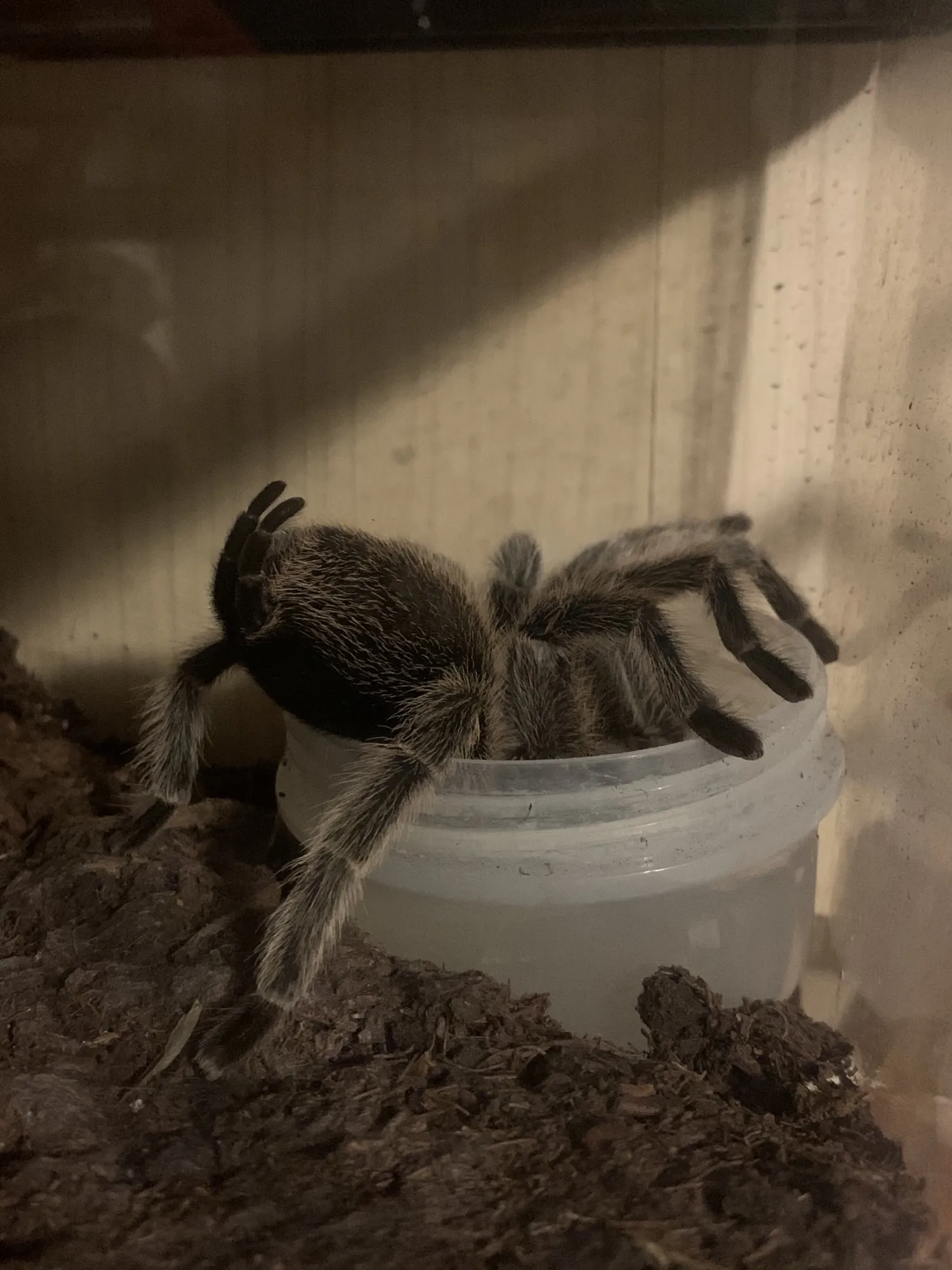
Identifying a gravid (pregnant) female Rose Hair Tarantula is a key step in preparing for baby tarantulas. Several telltale signs indicate that a female is carrying eggs. One of the most apparent is her increasing size; her abdomen will become noticeably more swollen, often appearing rounder and more distended than usual. The female may also start to construct a web and retreat to a secluded area within her enclosure. She will become less active, spending more time in her burrow or hiding spot, focusing on egg production. Increased appetite is another sign, as the female will consume more food to nourish herself and the developing eggs. Regular observation of your tarantula’s behavior and physical characteristics will help you recognize these signs and prepare for the imminent arrival of the egg sac. This is where the proper care can start.
Signs of Imminent Egg Laying
As the egg-laying phase approaches, the female Rose Hair Tarantula exhibits further specific behaviors. She will start creating a dense silk mat in a secure area of her enclosure, which will eventually become the foundation for her egg sac. The tarantula may appear restless, constantly rearranging her substrate and webbing. You might observe a reduction in her appetite, although this can vary. The abdomen will appear even more enlarged, and the spider may start to look for secluded spots. These signs indicate that the female is ready to lay her eggs. The female will then lay her eggs and wrap them carefully in a silk sac. It is vital to provide a calm and undisturbed environment at this stage to reduce stress and improve the chances of healthy egg development and the success of the spiderlings.
Caring for the Eggs and Spiderlings
Caring for Rose Hair Tarantula eggs and spiderlings demands a detailed approach, as the early stages of life are most delicate. The egg sac, which protects the developing eggs, should be maintained at a stable temperature and humidity level. The exact temperature needs to be maintained. The female may or may not be left with the egg sac; it depends on the breeder’s personal choice. If the eggs are incubated artificially, regular monitoring is essential to prevent mold growth. Once the spiderlings emerge, they will need tiny prey, like fruit flies or pinhead crickets, to start eating. The enclosure should be set up to provide a secure environment for the spiderlings, which should include shallow water dishes. With proper care and attention, the survival rate for spiderlings is greatly increased, as is the success of your breeding program.
Preparing the Brooding Enclosure
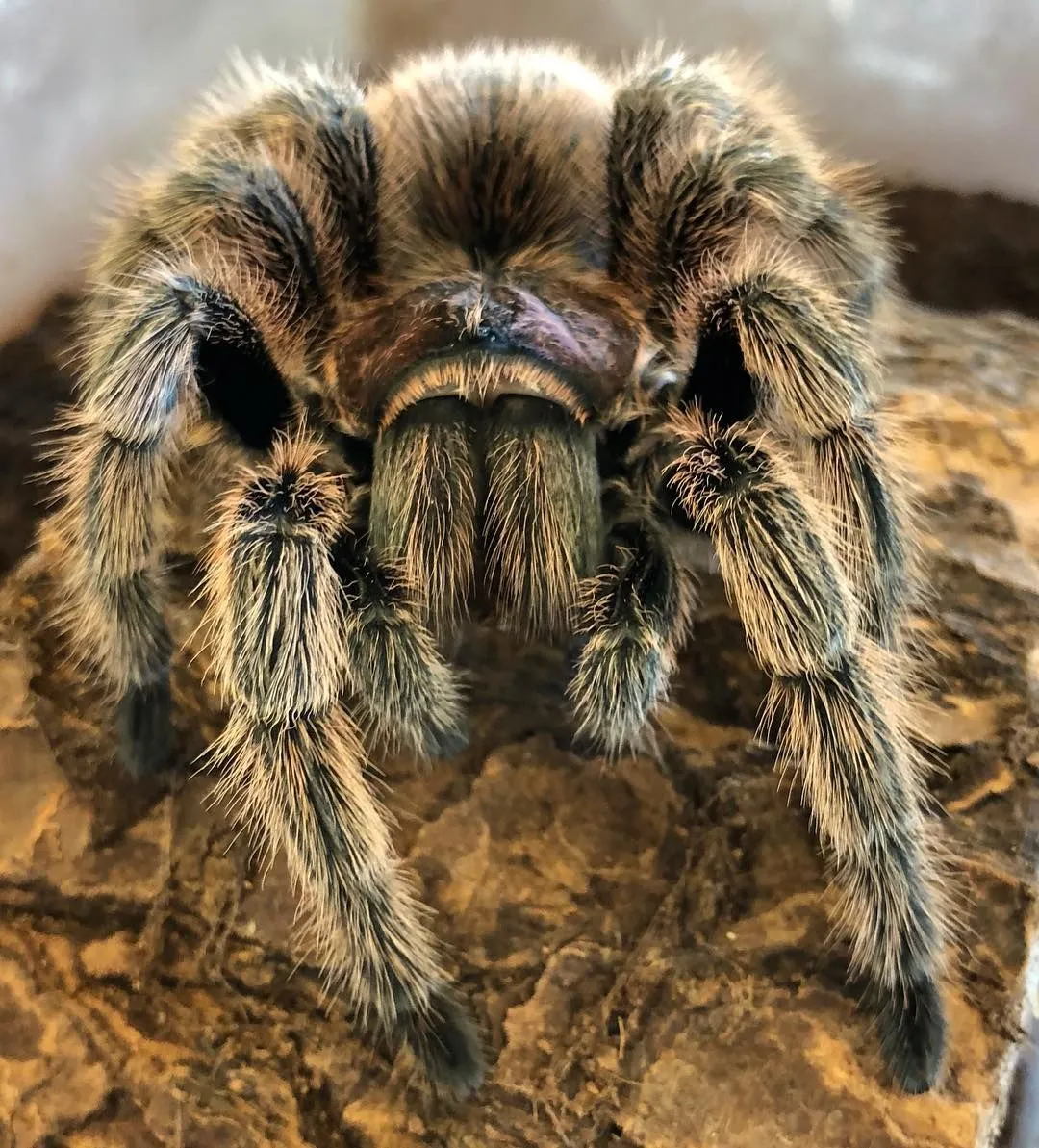
Preparing the brooding enclosure is vital to the successful rearing of Rose Hair Tarantula spiderlings. The enclosure should be small and well-ventilated to maintain proper humidity and temperature levels. A substrate such as coconut fiber or vermiculite is ideal, as it retains moisture and allows the spiderlings to burrow. Provide shallow water dishes to prevent drowning and supply fresh water regularly. The temperature range is important and will make sure the spiderlings are always able to thrive. The enclosure must also include small hiding places, like pieces of bark or plastic plants, to provide security and reduce stress. Before introducing the spiderlings, the enclosure should be thoroughly cleaned and disinfected to eliminate any potential pathogens. Preparing the right brooding enclosure creates the ideal environment for the growth and survival of young Rose Hair Tarantulas.
Incubation and Hatching Process
The incubation and hatching processes are crucial stages for Rose Hair Tarantula babies, dictating the survival rates of the spiderlings. Temperature and humidity are vital factors for the egg sac. A steady temperature of 78-82°F (25-28°C) is generally recommended, along with humidity levels between 75-80%. The eggs undergo a period of development within the egg sac, with the duration depending on conditions. Once hatching is imminent, the spiderlings emerge as precocial spiderlings, and they will resemble miniature versions of the adults. Regular monitoring and adjustments of the environmental conditions are essential. The incubation process usually lasts a few months, requiring careful observation and management to ensure that the spiderlings receive the best start in life.
Initial Care for Spiderlings
Initial care for Rose Hair Tarantula spiderlings involves providing a suitable environment and ensuring their survival. Once hatched, the spiderlings need a secure and humid environment to survive. The enclosure should be small, with a substrate that retains moisture, such as coconut fiber or vermiculite. Providing shallow water dishes prevents the spiderlings from drowning and supplying fresh water is a must. Maintaining a temperature range of 75-80°F (24-27°C) is generally recommended. The spiderlings also benefit from hiding places like small pieces of bark or plastic plants. This reduces stress and provides a secure environment. Careful monitoring and adjustments of conditions are critical during this delicate phase, and these steps ensure that the spiderlings thrive in their new environment.
Feeding Spiderlings
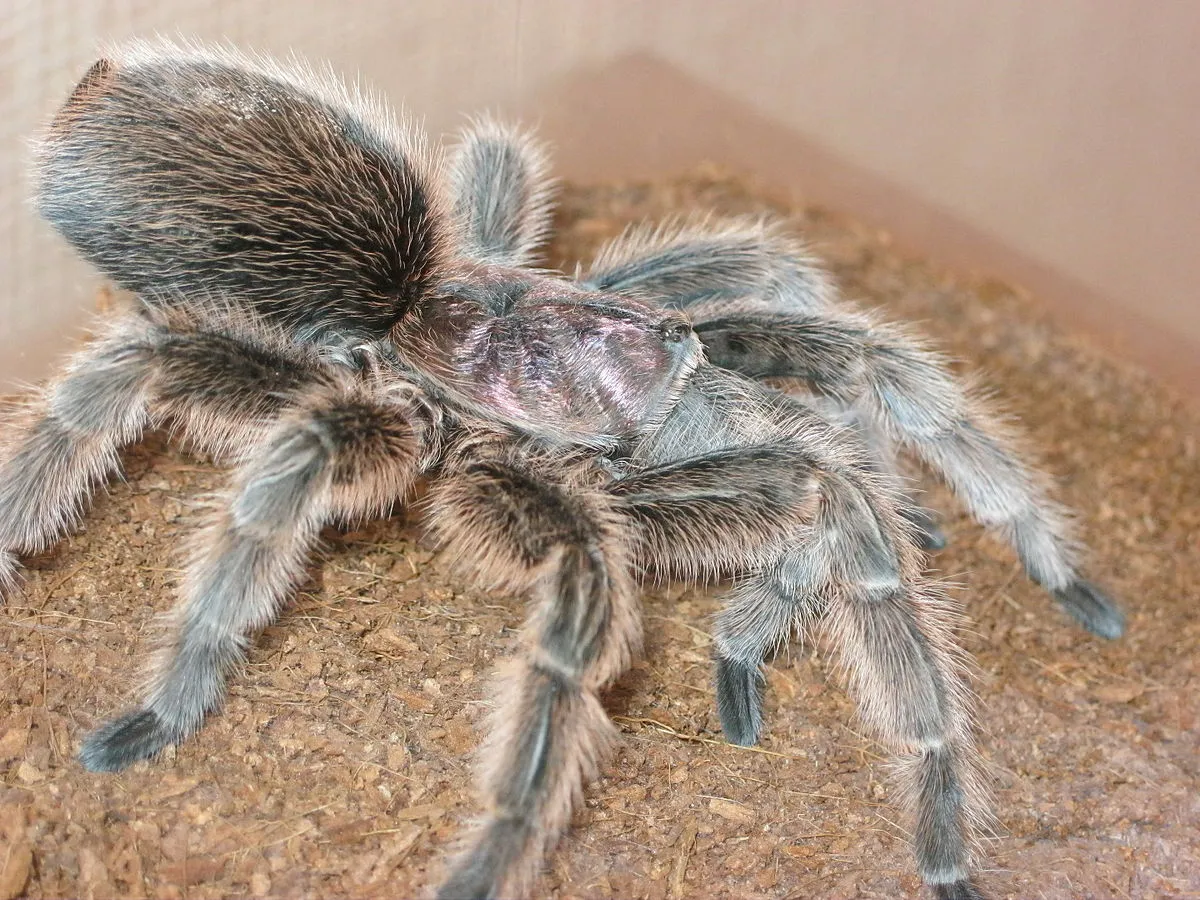
Feeding spiderlings is one of the essential aspects of caring for them. The initial diet of Rose Hair Tarantula spiderlings consists of small, appropriately sized insects like fruit flies or pinhead crickets. These insects are easy to obtain and provide the necessary nutrients for growth. It is essential to provide food daily or every other day, depending on their appetite. You will want to remove any uneaten prey to prevent mold growth. You will need to observe their feeding habits and adjust the amount of food to ensure optimal growth. By providing proper nutrition from the start, the spiderlings will be well-nourished and able to undergo molting and growth, which are critical to their development.
Providing a Safe Environment
Providing a safe and secure environment for Rose Hair Tarantula spiderlings is critical to their survival and growth. Proper housing, temperature regulation, humidity maintenance, and adequate food all contribute to a healthy habitat. The enclosure should be appropriately sized, depending on the spiderlings’ stage. The enclosure should be well-ventilated and easy to clean. The substrate needs to retain moisture and provide burrowing opportunities. Regular cleaning and maintenance are vital to prevent bacterial growth and keep the enclosure hygienic. Providing a safe environment is essential for the spiderlings to thrive and develop into healthy adults.
Common Challenges and Solutions
Raising Rose Hair Tarantula spiderlings presents several challenges that require careful attention. One of the most common challenges is maintaining the proper humidity and temperature levels. To solve this issue, use a hygrometer and thermometer to monitor and adjust these levels as needed. Another challenge is providing suitable food. Fruit flies and pinhead crickets are often ideal, but ensure the prey size is appropriate for the spiderlings. Mold growth in the enclosure is also a common problem; regular cleaning and removing any uneaten food can help. Addressing these challenges and finding solutions contributes to the well-being of the spiderlings and the overall success of the breeding program.
Preventing Cannibalism in Spiderlings
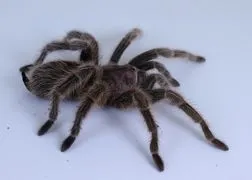
Preventing cannibalism is another important aspect of caring for Rose Hair Tarantula spiderlings. Cannibalism is a significant problem in spiderling broods. To mitigate this, ensuring the spiderlings are well-fed is a good step, which lowers their inclination to attack each other. Providing adequate space is also important; overcrowding can increase competition for food and resources, leading to cannibalism. Separating spiderlings into individual enclosures is the most effective way to prevent cannibalism, but this can be time-consuming and requires multiple enclosures. Careful observation of the spiderlings is key; any signs of aggression should be addressed promptly. Proper management and meticulous care are necessary to minimize cannibalistic behaviors and ensure the spiderlings’ survival.
Addressing Health Issues
Addressing health issues in Rose Hair Tarantula spiderlings demands careful observation and prompt action. Spiderlings, like all young animals, are susceptible to various health problems, which often stem from poor husbandry. The most common health issues include dehydration, parasitic infections, and injuries from molting. Dehydration can be prevented by providing access to fresh water and maintaining adequate humidity levels. Parasitic infections can be prevented by ensuring the enclosure is clean and that the substrate and food sources are free of contaminants. Injuries during molting can be prevented by maintaining stable environmental conditions and providing a stress-free environment. Prompt intervention and care can often save the spiderlings and prevent further complications.
Long-Term Care of Young Rose Hair Tarantulas
Long-term care of young Rose Hair Tarantulas involves continued monitoring of their growth and well-being. As the spiderlings grow, their enclosure and feeding needs will change. They will need larger enclosures as they grow and molt. Providing proper nutrition will encourage molting and healthy growth. Regular monitoring of environmental conditions, such as temperature and humidity, is critical. You will need to monitor your pet’s behavior and health. Regular cleaning and enclosure maintenance are essential to keep the environment hygienic and suitable for the tarantulas’ needs. By providing appropriate long-term care, you are helping these beautiful creatures thrive and helping them to flourish for years to come.
Housing and Habitat Requirements
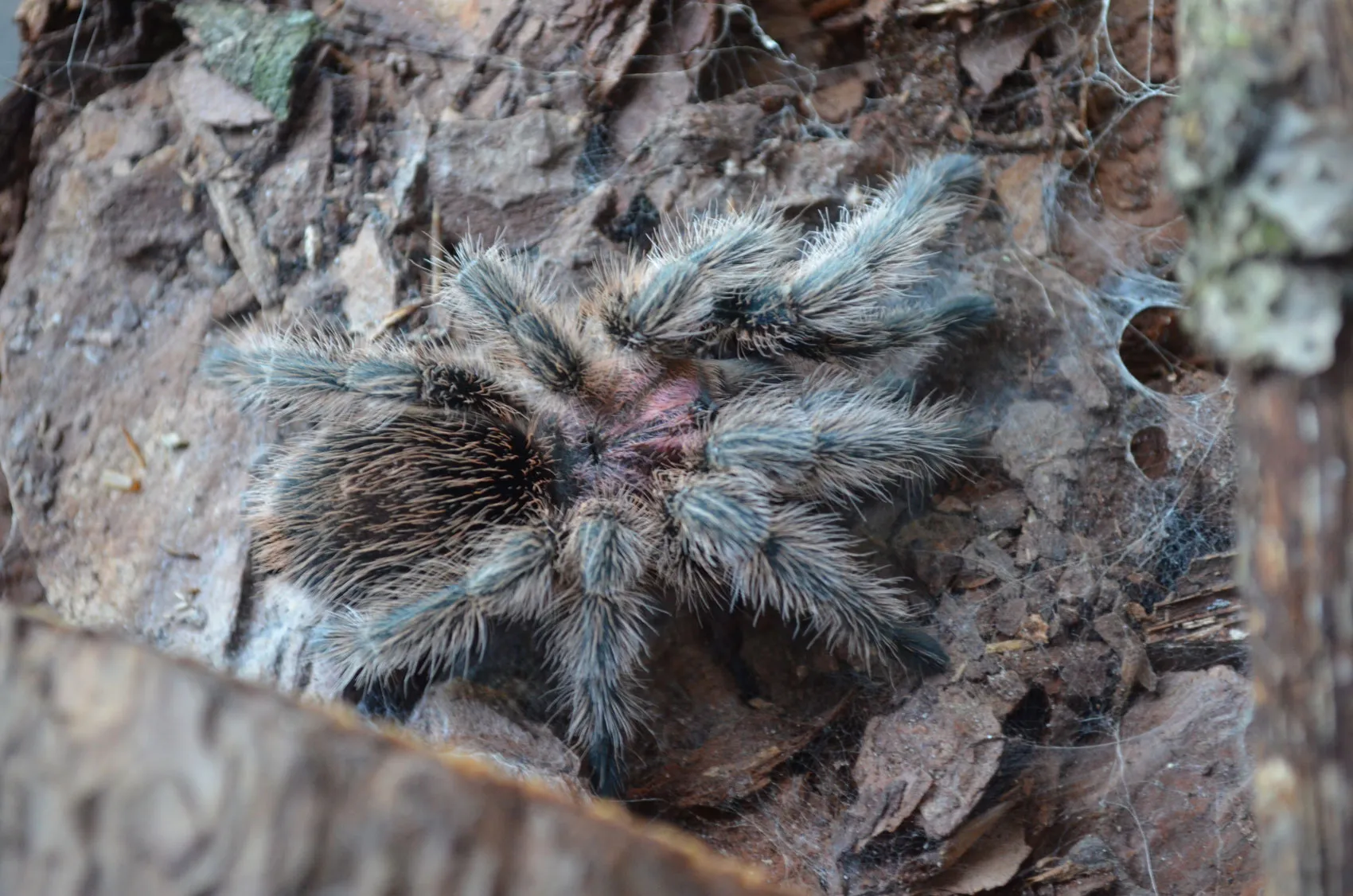
Housing and habitat requirements for young Rose Hair Tarantulas are crucial to their health and development. Young spiderlings require a small, well-ventilated enclosure with a secure lid to prevent escape. The enclosure should be made of a suitable material, like clear plastic or glass, to allow easy observation. A substrate such as coconut fiber or vermiculite, which retains moisture, is ideal. A shallow water dish and a small hiding place are also essential. Maintaining a stable temperature between 75-80°F (24-27°C) and a humidity level of 70-80% is critical. By providing an appropriate habitat, you’re creating an environment that supports the spiderlings’ growth and well-being.
Feeding and Hydration Needs
Feeding and hydration needs are critical aspects of caring for young Rose Hair Tarantulas. Spiderlings require a diet of appropriately sized prey, such as fruit flies or pinhead crickets, fed regularly. The frequency of feeding depends on the spiderlings’ age and appetite, often every other day. Make sure to remove any uneaten prey to prevent mold growth and ensure hygiene. Providing a shallow water dish with clean, fresh water is also vital to keep the spiderlings hydrated and prevent dehydration. Regular observation of their feeding habits and body condition is important to adjust feeding frequency and ensure that the spiderlings are getting the nutrients they need to grow and thrive.
Growth and Molting Stages
Growth and molting are integral to the development of Rose Hair Tarantulas. As spiderlings grow, they shed their exoskeletons in a process called molting. Molting frequency depends on age and growth rate, with younger spiderlings molting more often than adults. You should provide a safe and undisturbed environment for molting, and the spiderlings need to be left alone during this process. It is a vulnerable time when spiderlings are exposed to injury, so care is needed to ensure molting is successful. Observing the spiderlings’ growth and molting stages will provide insights into their overall health and development. By monitoring their progress, you can make any adjustments needed to their care routine to encourage their growth and longevity.
